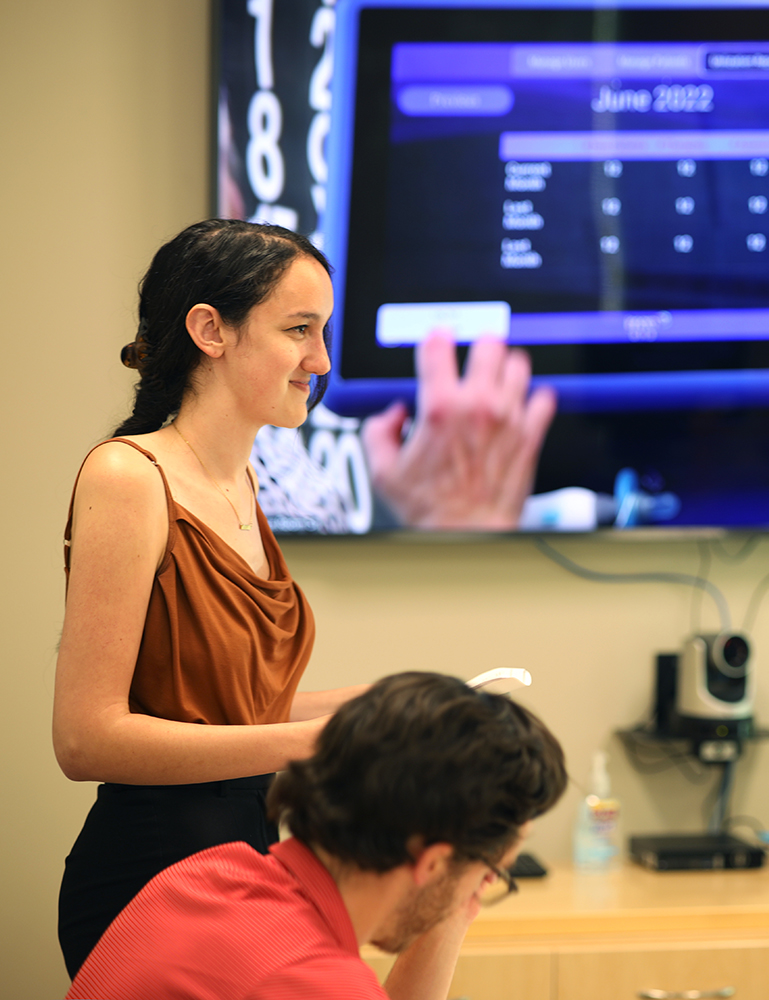
Clinical Insights Make Better Medical Devices
- Posted by Bobby Burch
- On July 11, 2022
- Clinical Insights
ABOUT THE AUTHOR(S)

Bobby Burch
Since 2012, Bobby Burch has served as a journalist writing on business, entrepreneurship, and technology. He is a former reporter for the Kansas City Business Journal and is a co-founder of Startland News, a publication dedicated to the entrepreneurial ecosystem in Kansas City. Outside of writing, Bobby is a fine art nature photographer capturing the beauty of U.S. public lands to help conserve them.








